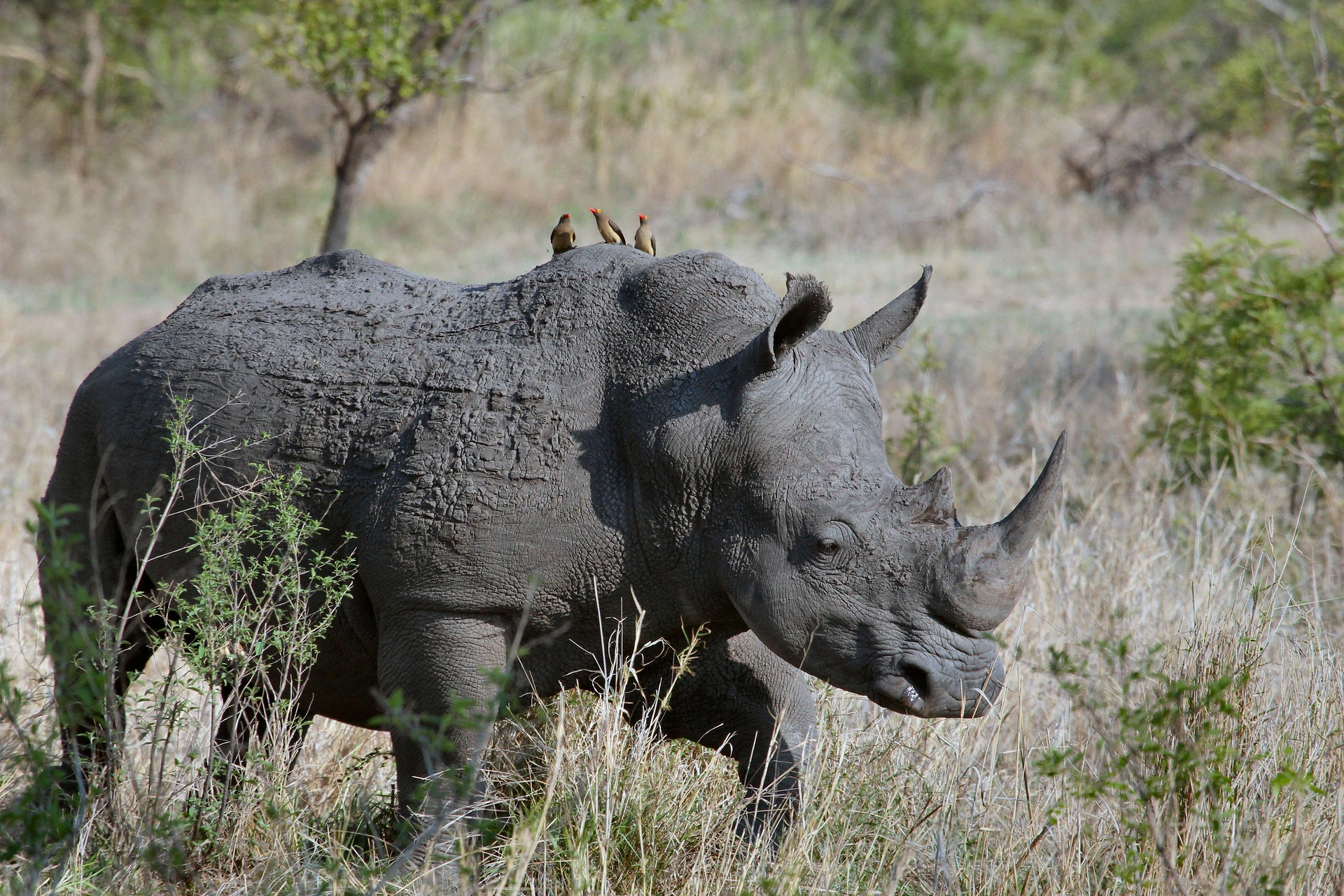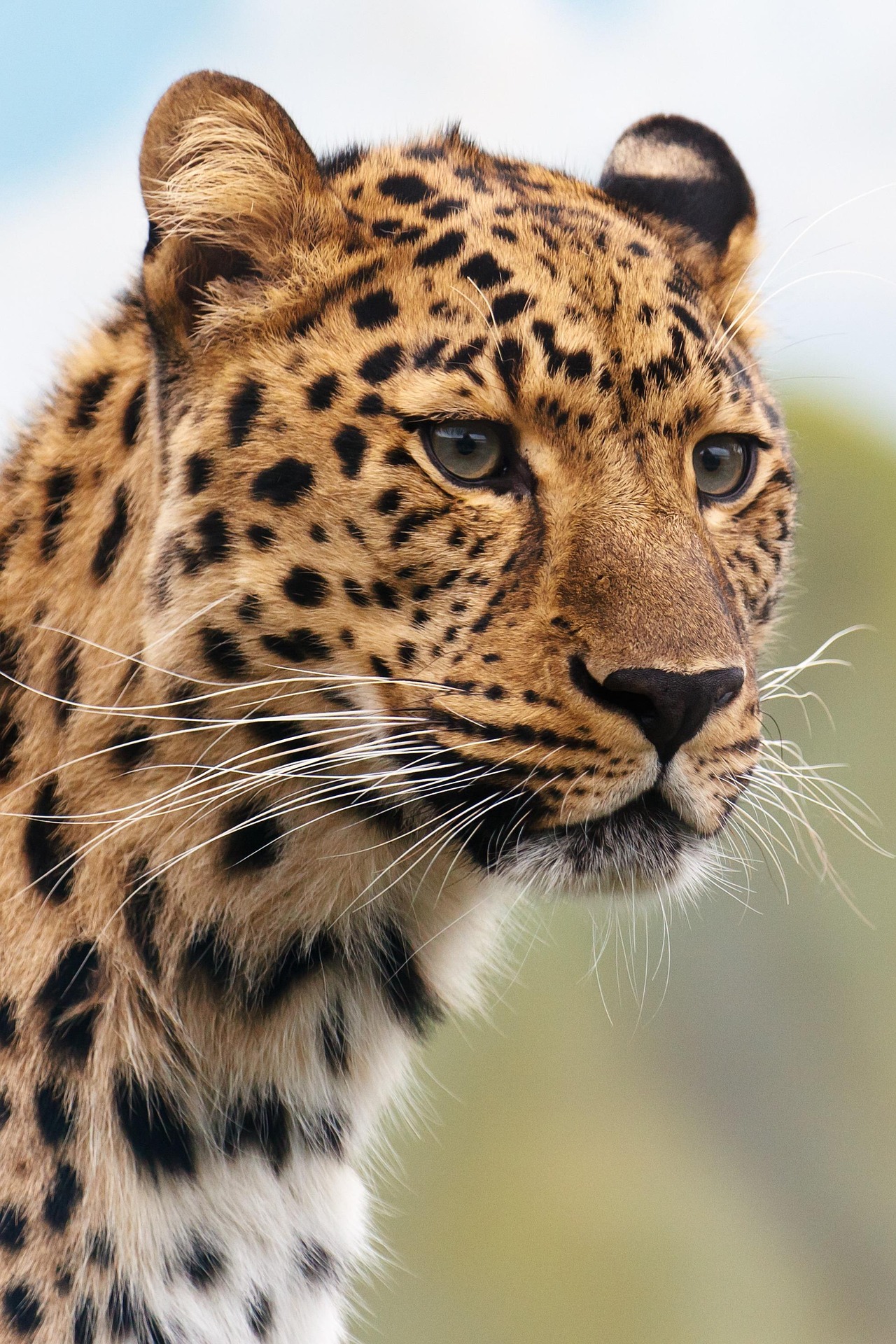
When you think of prehistoric, powerful animals that still roam the Earth today, the rhinoceros likely comes to mind. With their thick skin, massive bodies, and iconic horns, rhinos look like creatures from a forgotten era—and in many ways, they are.
But despite their strength and size, rhinos are among the most endangered animals in the world. Let’s take a closer look at these magnificent creatures, why they matter, and what we can do to protect them.
Meet the Rhinos: Types and Traits
There are five species of rhinoceros, spread across Africa and Asia:
-
White Rhinoceros (Africa) – The largest species, known for its wide mouth adapted for grazing.
-
Black Rhinoceros (Africa) – Smaller and more aggressive, with a pointed lip for browsing leaves and branches.
-
Indian Rhinoceros (India & Nepal) – Also known as the greater one-horned rhino; it has armor-like skin and a single horn.
-
Javan Rhinoceros (Indonesia) – Extremely rare and shy, found only in a single park in Java.
-
Sumatran Rhinoceros (Indonesia) – The smallest and hairiest rhino, also critically endangered.
All rhinos share some key features:
-
Thick skin that acts like armor
-
Large size (some weigh over 2,000 kg)
-
Poor eyesight but strong hearing and smell
-
One or two horns made of keratin (the same material as human nails)
Ancient History and Modern Struggles
Rhinos have roamed the Earth for over 50 million years, surviving ice ages, predators, and changing climates. But today, their biggest threats come from humans.
Major threats to rhinos include:
-
Poaching: Rhino horns are illegally sold for use in traditional medicine or as status symbols.
-
Habitat loss: Expanding farms, cities, and roads are destroying their natural habitats.
-
Climate change: Droughts and changing ecosystems affect their food and water sources.
Some species, like the Javan and Sumatran rhinos, are down to fewer than 80 individuals in the wild. Without urgent action, they could disappear forever.
Why Rhinos Matter
You might wonder: Why should we care about rhinos?
-
Ecological impact: Rhinos help shape the ecosystems they live in. As mega-herbivores, they influence plant growth and provide space for other animals.
-
Tourism and local economies: Rhinos attract eco-tourists, helping communities earn income and create jobs.
-
Cultural and symbolic value: In many cultures, rhinos symbolize strength, resilience, and the connection between humans and nature.
Saving rhinos means protecting entire ecosystems—and ensuring future generations get to witness these majestic animals in the wild.
Conservation Success Stories
It’s not all bad news. Conservation efforts around the world have led to some incredible success stories:
-
The white rhino was once nearly extinct, with only about 50 individuals in the early 1900s. Thanks to conservation, there are now over 16,000.
-
The Indian rhino population has grown steadily due to strong protection and habitat restoration.
These stories show that when people come together, we can make a difference.
How You Can Help
You don’t have to be a wildlife ranger to help rhinos. Here are a few ways you can get involved:
-
Support conservation organizations like Save the Rhino, WWF, or International Rhino Foundation.
-
Avoid buying products made from horn or that support illegal wildlife trade.
-
Spread awareness through social media, school projects, or community events.
-
Travel responsibly by choosing ethical wildlife tours that support local conservation.
Even small actions can have a big impact when enough people get involved.
Final Thoughts
Rhinos are living relics from a wilder time—massive, mysterious, and incredibly important. While their future is uncertain, there’s still hope.
By learning about them, sharing their story, and supporting efforts to protect them, we can all play a part in ensuring that rhinos continue to roam the wild lands of Africa and Asia for generations to come.
Because the world is simply better with rhinos in it.


